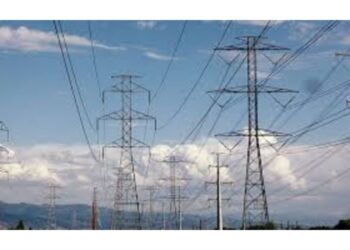The Delhi government has introduced the ‘Delhi Solar Policy 2024,’ marking a significant step towards a more sustainable energy future. Aimed at reducing air pollution and alleviating economic pressures, the policy offers significant advantages for individuals adopting rooftop solar panels. Residential consumers are positioned to gain the most, as the installation of rooftop solar panels ensures that they will have electricity bills reduced to zero cost. Delhi’s chief minister (CM) has revealed an additional incentive in the form of generation-based incentives (GBI), with the potential to reach Rs 700-900 per month for individuals with monthly consumption up to 200 units. When commercial and industrial customers install rooftop solar panels, their electricity expenses will drop by 50 percent.
The policy presents various incentives, such as a capital subsidy of Rs 2,000 per kW for residential users, with a limit of Rs 10,000 per consumer. Additionally, the government’s GBI scheme provides an extra monthly income for those who adopt solar panels. According to the policy, the government will provide a payment of Rs 3 per unit for solar plants up to 3 kW and Rs 2 per unit for plants ranging from 3 to 5 kW, and this arrangement will be applicable for a period of five years.
The existing solar power capacity in Delhi is 1,500 MW, with 250 MW generated from rooftop installations. The ambitious goal is to increase this capacity to 4,500 MW by March 2027, representing approximately 20 percent of the city’s total power consumption sourced from solar power. The new policy mandates that government buildings covering an area of 500 sq m must install rooftop solar panels within the upcoming three years. A community solar concept has been unveiled to cater to customers with limited rooftop space or financial resources. The Delhi government has earmarked Rs 5.7 billion for the full-fledged execution of the policy, emphasising its dedication to a sustainable and eco-friendly future.













